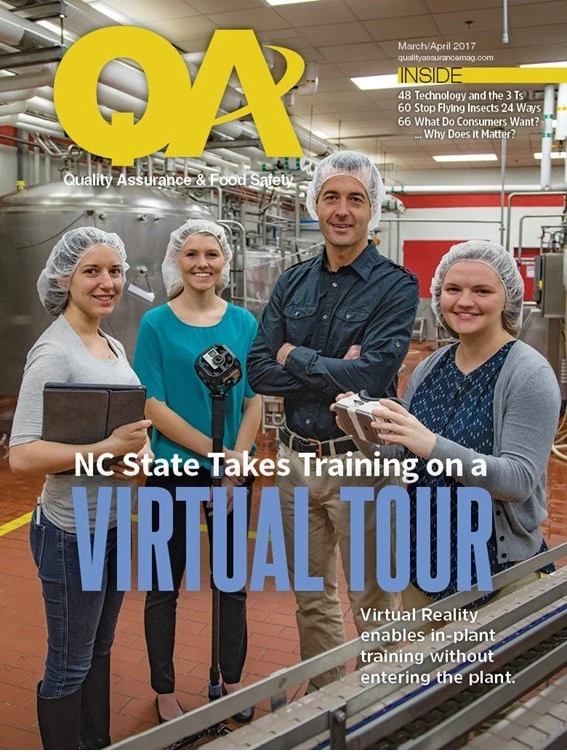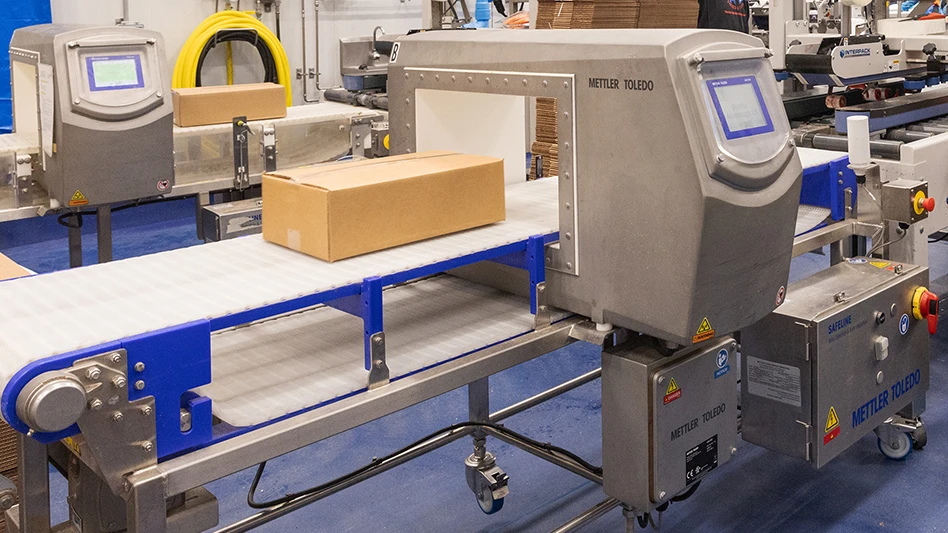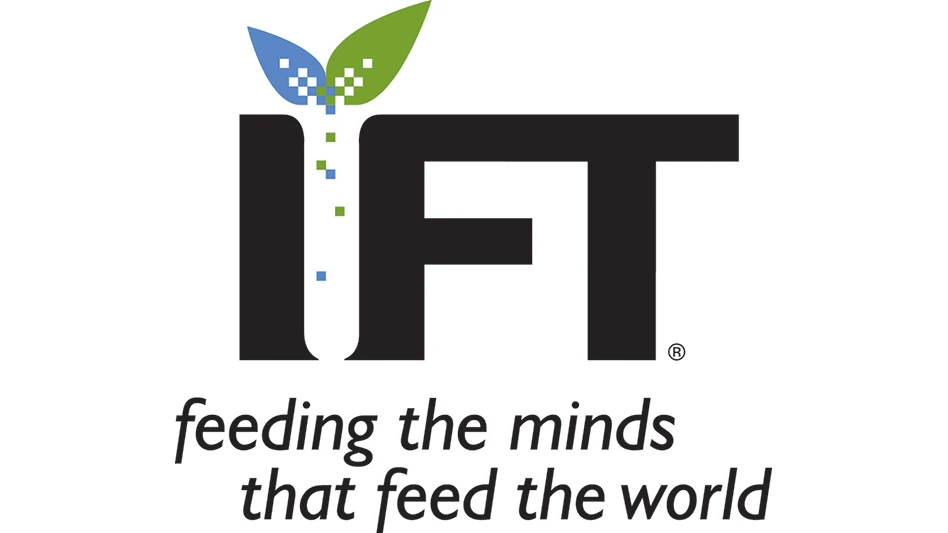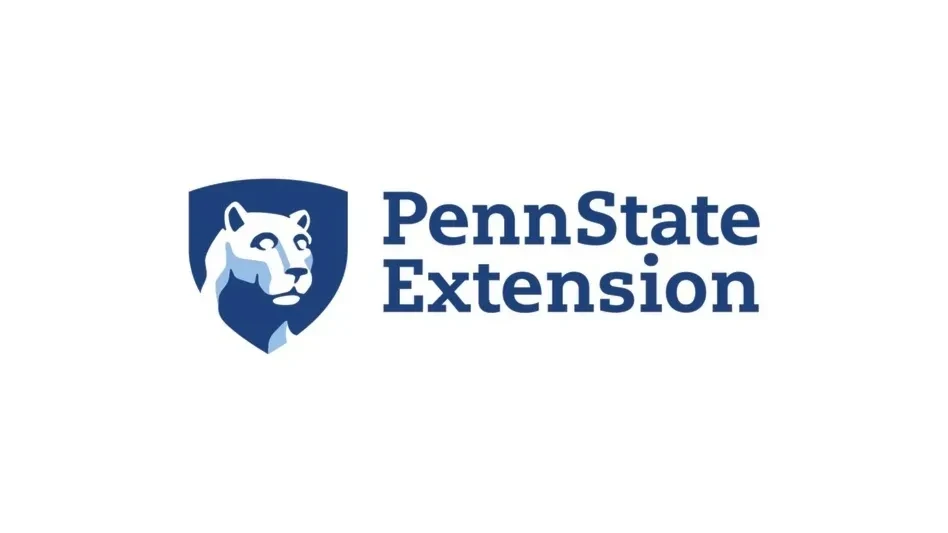
It is hard to wake up and not hear about cybersecurity risks. The most recent example is that of the WikiLeaks publication of thousands of CIA covert computer and Internet of Things (IoT) hacking tools. It is difficult to estimate the impact that this will have on the hacking culture, but it will surely add to the already daily increase in risks from cyber threats. (In 2016 there was an increase of 400% in the number of ransomware variants.)
There are numerous reasons for this ever-increasing risk. One is the massive attack surface that comes with our interconnected world. Other reasons include:
- The lightning-fast changing nature of the cyber domain.
- The perceived obscurity of the attacker.
- Attacks that are opportunistic.
- The existence of a cybercrime subculture where you can find software and experts for hire.
- Use of computerized equipment designed for production and not cybersecurity. (This includes both front office and production lines.)
- The lack of cybersecurity awareness.
The opportunistic and social engineering threats are probably the most troubling. For the opportunistic threat, all the perpetrator needs to do is look for known vulnerabilities and exploit them. Not dealing with known vulnerabilities is like leaving the keys in the car with a sign, “Please Take.” The social engineering threat exists because of poor, or no, cybersecurity awareness. To deal with these threats, consider developing a social engineering mitigation strategy program with continuous in-house sting operations and rewarding those that consistently “pass the test.”
Also, implement a layered cyber defense approach that includes active counter measures and deployment of cyber GMP-type practices. For those responsible for Industrial Control Systems (ICS) reach out to us, you might be interested in our Cyber Physical Security Architecture project.
The author is Research Director of the Food Protection & Defense Institute (FPDI). The article is reprinted with permission from the FPDI Newsletter, March 2017.

Explore the April 2017 Issue
Check out more from this issue and find your next story to read.
Latest from Quality Assurance & Food Safety
- CSQ Invites Public Comments on Improved Cannabis Safety, Quality Standards
- Registration Open for IAFNS’ Fifth Annual Summer Science Symposium
- Leaked White House Budget Draft Proposes Shifting Inspection Responsibilities from FDA to States
- Chlorine Dioxide: Reset the Pathogenic Environment
- Ferrero Group Invests $445 Million in Ontario Production Facility
- Nelson-Jameson Announces Grand Opening for Pennsylvania Distribution Center
- Taylor Farms Linked to Romaine E. coli Outbreak as Marler Clark Files Multiple Lawsuits Against Supplier
- IAFNS Announces Winners of Emerging Leader Awards for Food Safety, Nutrition





